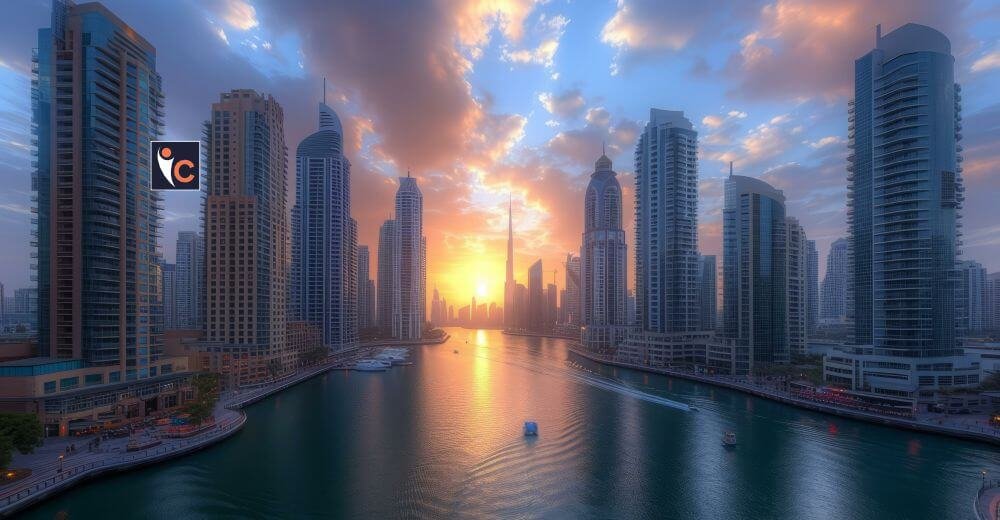The healthcare industry in the Gulf Cooperation Council countries consisting of Bahrain, Kuwait, Oman, Qatar, Saudi Arabia, and the United Arab Emirates undergoes its biggest transformation ever. The Gulf hospitals experience rapid expansion due to economic growth together with national vision development and increasing medical service requirements. Through infrastructure development and the use of technology and specialist care the region is improving domestic healthcare reach while establishing itself as an international medical tourism center.
A Hospital Infrastructure Boom
The Gulf region develops its hospitals as a result of changing population dynamics and national economic diversification strategies. More than 50 million people with sizable foreign communities live in these areas where healthcare service needs are steadily increasing. GCC governments are making massive investments in increasing hospital networks. The Saudi Arabian Vision 2030 development plan aims to create private healthcare areas while building numerous new hospitals which will introduce thousands of additional beds throughout the coming years. The UAE healthcare spending is projected to reach $28 billion by 2027 because of hospital development projects across Dubai and Abu Dhabi.
These investments are paying dividends. The expansion of hospital growth in the Gulf demonstrates through projects like King Faisal Medical City in Saudi Arabia and Hamad Medical Corporation expansion in Qatar. New hospital facilities are built with modern state-of-the-art equipment and international medical staff to develop autonomous medical systems that no longer depend on foreign healthcare practices.
Technology at the Forefront
Hospital growth in the Gulf region combines physical development with advanced technological progress. The new healthcare facilities incorporate artificial intelligence (AI), telemedicine and robotic surgeries into their features. The diagnostic technology of Cleveland Clinic Abu Dhabi enhances cancer and heart disease testing accuracy through AI systems and the King Khaled Eye Specialist Hospital uses imaging technology for complicated eye procedures. Medical innovations lead to better accuracy potential while speeding up patient healing while increasing the quality of care they receive.
Telemedicine has also been a game-changer, especially in catering to geographic imbalances. Within an area characterized by huge deserts and scattered populations, distant consultations bridge rural Oman or Kuwait patients with city experts. Fueled by the success it had with the COVID-19 pandemic, telemedicine is a foundation of hospital growth in the Gulf, making sure that care reaches the farthest end of the region.
Specialized Care and Medical Tourism
A defining feature of hospital growth in the Gulf is its emphasis on specialized care. Once, Gulf residents sought treatments like cancer therapy or organ transplants abroad. Now, facilities like Dubai’s Al Zahra Hospital and Qatar’s Sidra Medicine are reversing that trend, drawing patients from across the Middle East and beyond. The UAE aims to attract over 500,000 medical tourists annually by 2025, cementing its status as a healthcare hub.
Addressing Workforce Challenges
Constructing hospitals is half the battle—filling them with staff is just as important. Traditionally dependent on expatriate medical staff, the Gulf is increasingly investing in locals. Saudi Arabia’s National Transformation Program educates thousands of Saudi professionals, and the UAE is pushing Emiratization in medicine. Training academies within new hospitals create a sustainable pool of staff who know regional health issues such as diabetes and obesity.
A Sustainable Future
Sustainability is integrated into hospital growth in the Gulf. New hospitals use green technologies, including solar power and water-conserving systems. King Abdullah Medical City in Bahrain, for instance, focuses on energy efficiency, consistent with regional aspirations to lower oil dependence and create resilient economies. This assures healthcare growth sustains long-term environmental and economic well-being.
Challenges and Opportunities Ahead
Even with its success, hospital growth in the Gulf has its challenges. Alignment through regulations throughout the GCC, access to lower-income segments on a reasonable basis, and the expense of sophisticated care are ongoing considerations. There are plenty of opportunities, though. The youth of the region—more than 60% below the age of 30—provides the opportunity to emphasize prevention and digital health, reducing future burden on hospital systems.
A New Era of Medical Excellence
Gulf hospital expansion is more than a story about infrastructure; it’s a remake of the delivery of medical care. By embracing technology, specialization, and sustainability, the region is addressing regional needs while establishing a global benchmark. For locals, that translates to enhanced health outcomes at home. For the world, it signals the Gulf as a healthcare leader. As these new hospitals go up throughout the region, they signal an era of innovation, affordability, and medical excellence.





